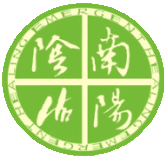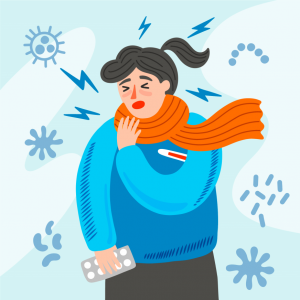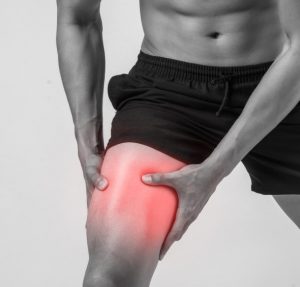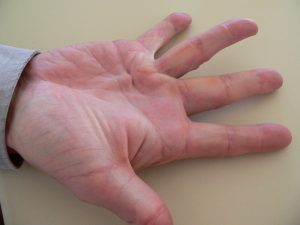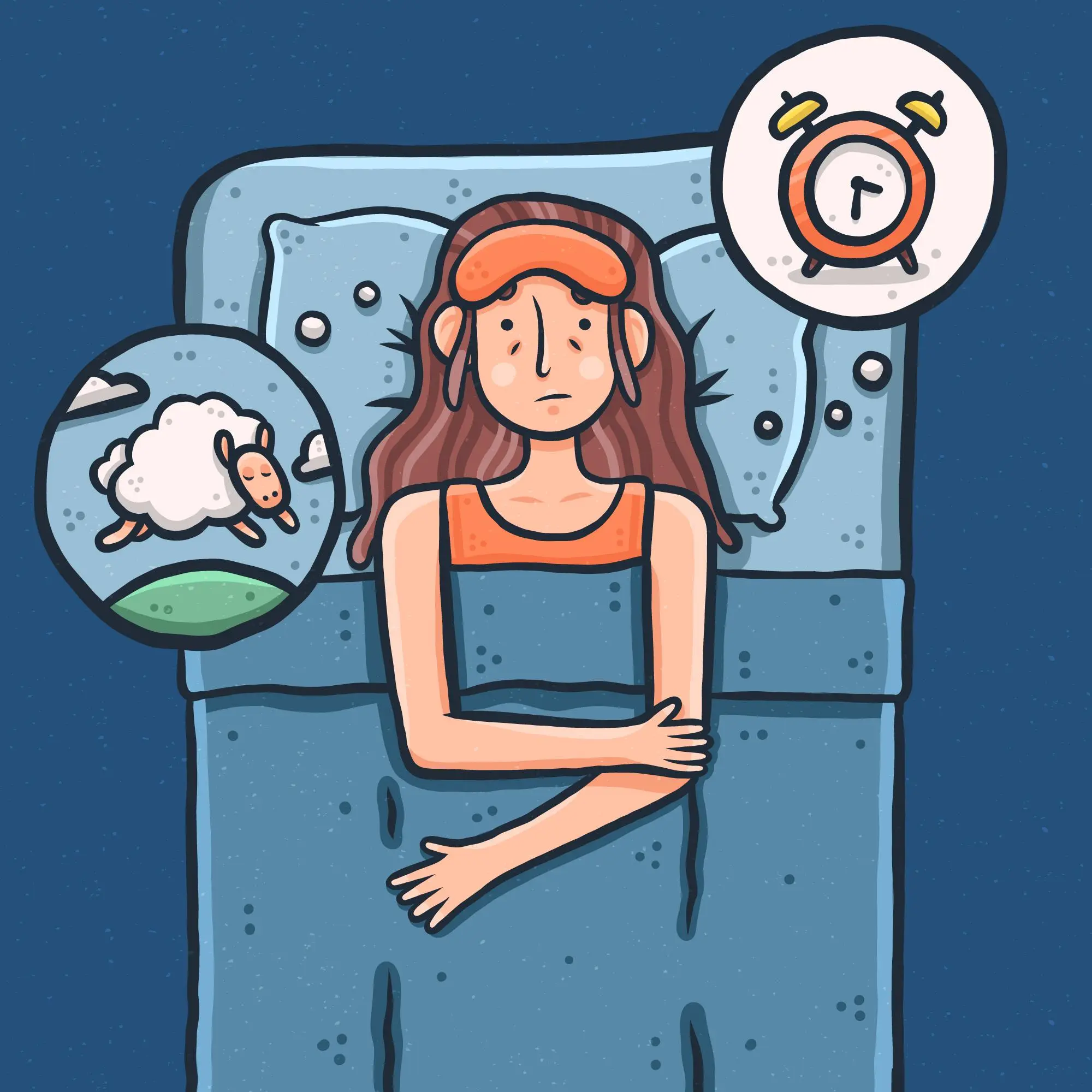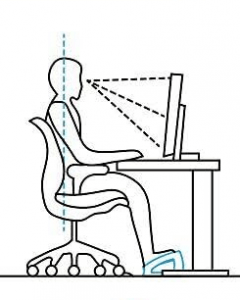What is Sciatica?

Sciatica refers to pain, weakness, numbness, or tingling in the leg. It is caused by injury to or pressure/impingement on the sciatic nerve. The nerve starts in L3 through S3 region in the lower spine and goes down the back of the glutes and leg.
What are the causes?
There are a few causes of sciatica, typically dealing with spine in the lower back. Typically the following situations can cause sciatic pain.
- Slipped or herniated disk
- Spinal stenosis
- Pelvic injury or fracture
- Tumors
- Spondylolisthesis
What is Piriformis Syndrome?
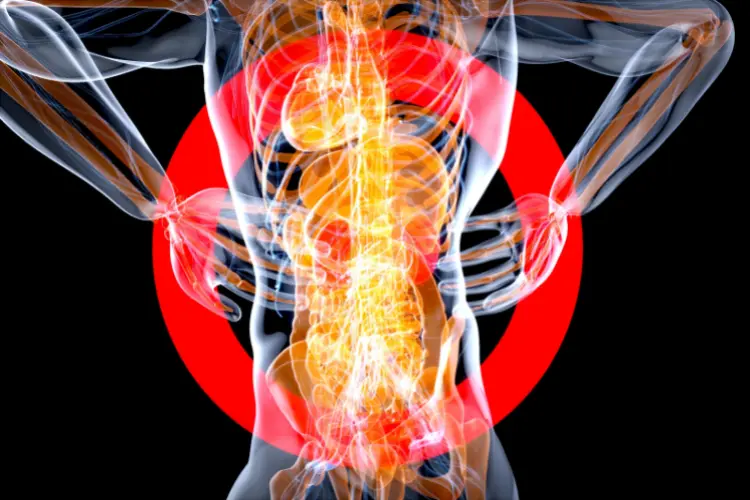
Piriformis syndrome is defined as sciatic-like pain caused by the piriformis, a muscle deep within the glute region, impinging on the sciatic nerve.
What are the causes?
Spasm or hypertonic (overly tight) piriformis muscles
Or
Antagonist muscles (hip flexors, quads, lower abdominals – core) being hypertonic causing overcompensation of the piriformis muscle
How do I know which I have?
Usually you can tell by activities or positions that elicit the sciatic pain or additional pain/limitations other than sciatic pain. Also, the majority of cases of sciatica pain are actually piriformis syndrome – which is a preferred diagnosis as it mostly involves a muscle spasm induced nerve impingement, despite the pain level.
Typical sciatic pain triggers:
- Spine injury, trauma.
- Sciatic symptoms when reaching overhead,
- When sneezing, coughing, or laughing
- When bending backward or walking more than a few meters
- When straining or holding your breath, such as during a bowel movement
Typical piriformis syndrome triggers:
- Bending at the hip
- Squatting
- Laying flat
- Getting up from a seated or lying position
- Climbing stairs
How do I fix it?
Light stretching is always helpful along with some mild movement. Heat therapy is also very effective if mild.
Doing piriformis stretches are helpful but depending on severity it may not be enough, and in some more extreme cases stretching is contraindicated. It’s best to seek a health professional and acupuncture in particular is a great intervention as it has a dedicated protocol for piriformis syndrome.
